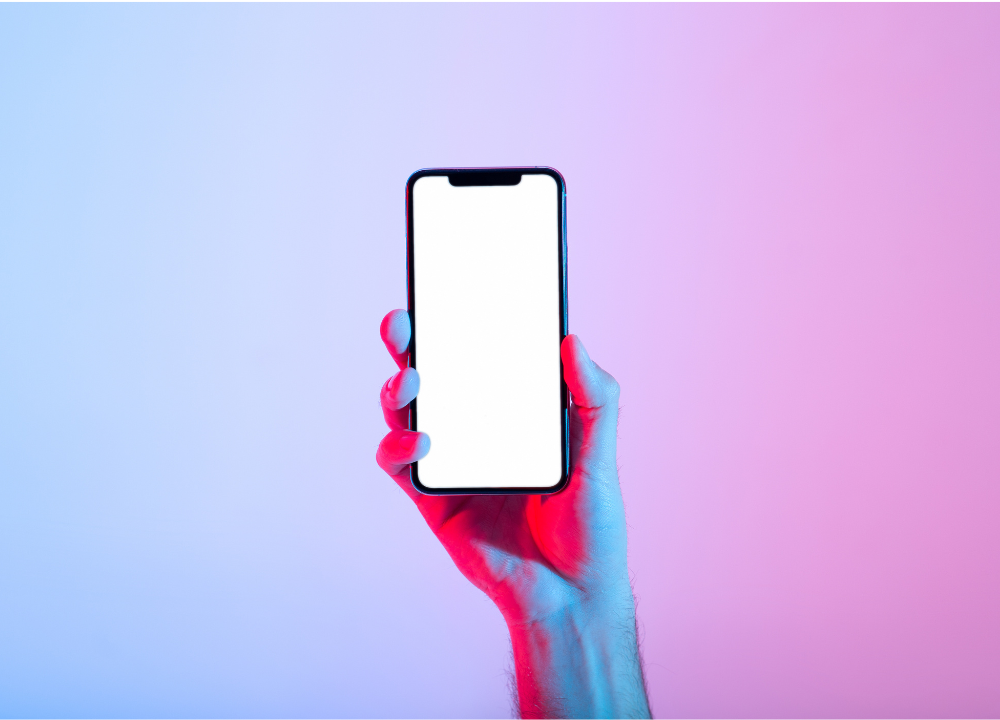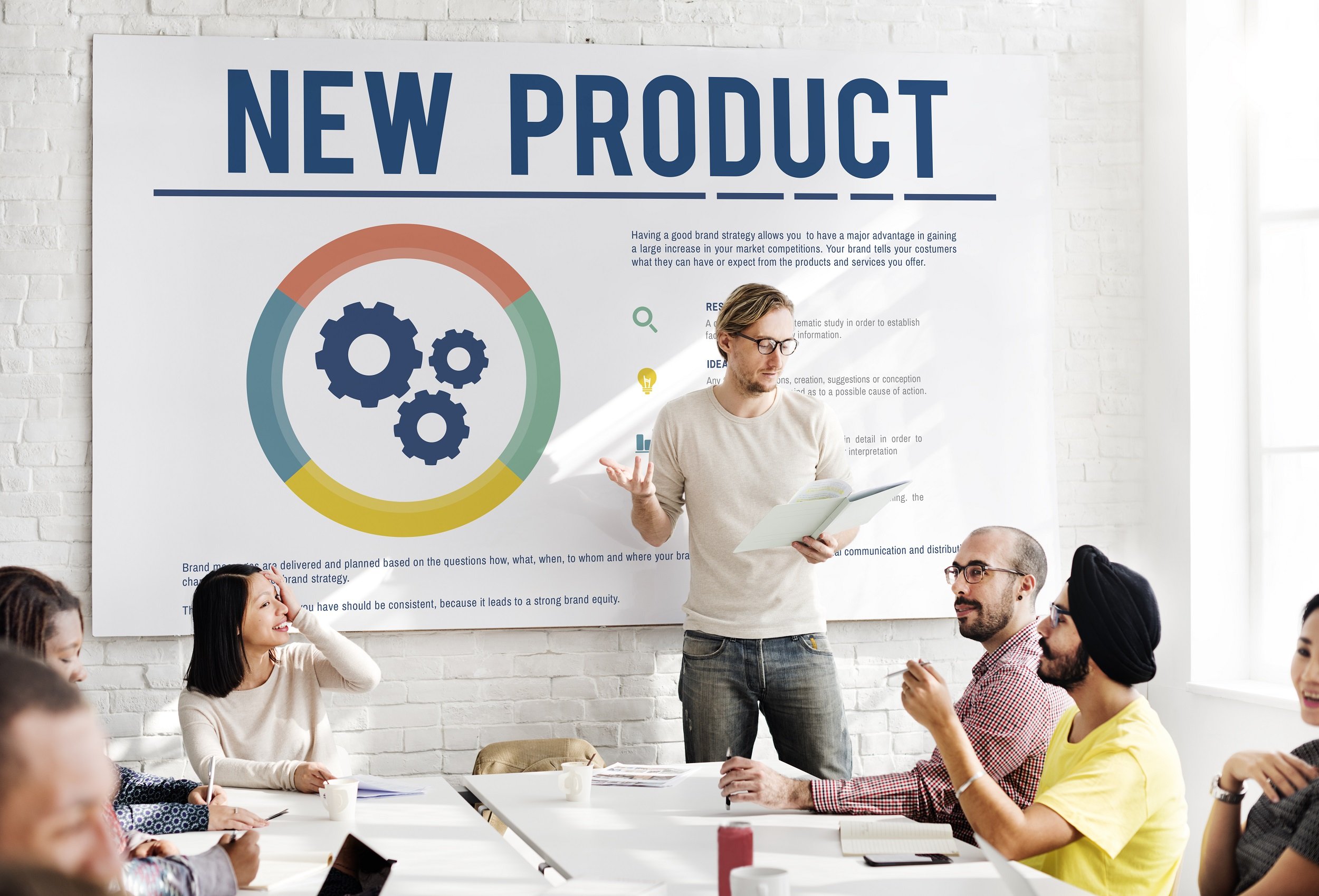What is Industrial Design? Can it be a Good Career Choice?

Coca-Cola bottle’s contour-fluted lines are the perfect example of an iconic industrial design. Everyone recognizes it, which has been the case for over 100 years. Companies invest in industrial design during the product development process because of the value that it brings. From creating appealing products to reducing costs, industrial design helps you build products that cannot be easily forgotten.
Companies such as Apple, Google, and Tesla have gained a significant competitive advantage by focusing on industrial design and creating products that are not only functional but also visually appealing. In fact, industrial design can be attributed as an important factor for Apple’s success. If Steve Jobs wasn’t concerned about the appearance of computers as much as their utility, Apple might not be a household name today.
Additionally, the rise of e-commerce and online marketplaces has made it easier for small businesses and individual designers to market and sell their products, contributing to the growth of industrial design as a field.
Let’s dig deeper into what is industrial design and how it can be a great career.
 What is Industrial Design in Product Development?
What is Industrial Design in Product Development?
Industrial design is a branch of design that focuses on creating and developing visually appealing, functional, and user-friendly products. Industrial designers work to enhance the user experience of a product while also considering factors such as manufacturing costs, materials, and technology. Here’s a look at industrial design’s role in product development.
- Industrial designers play a crucial role in product development by creating and improving existing products. They work alongside engineers, marketers, and other professionals to ensure the product is aesthetically pleasing, ergonomic, and functional.
- Industrial designers use sketching, prototyping, and Computer-Aided Design (CAD) techniques to develop and refine the product’s design. They also consider market trends, user needs and preferences, and production costs when designing the product.
- Industrial design can significantly impact a product’s success in the market. A well-designed product looks good, functions well, is user-friendly, and meets the target audience’s needs. Therefore, it increases sales, customer loyalty, and brand recognition.
What Skills Should an Industrial Designer Have?
Industrial and product designers use design briefs as a starting point to develop solutions for new products that are not only innovative but also practical and suitable for manufacturing. Here are a few skills that industrial or product design engineers need to have;
1. Creativity
Industrial designers must be able to think creatively and develop innovative ideas that meet the needs of users and clients. The ability to develop original designs helps them stand out in a crowded marketplace.
2. Problem-Solving
Product design engineers must be able to identify and solve design problems. Factors such as usability, manufacturing costs, and environmental impact must be taken into account when developing designs that meet all requirements.
3. Technical Skills
Designers must understand materials, manufacturing processes, and technologies. They must be able to use design software such as CAD, AutoCAD, SketchUp, CATIA, etc., to create and refine their designs.
4. Communication Skills
Industrial designers must communicate their ideas effectively to clients, engineers, and other stakeholders. They must be able to present their designs clearly and concisely.
5. Collaboration Skills
Designer engineers regularly collaborate with other professionals, such as engineers, marketers, and product managers. They must be able to listen to feedback and incorporate it into their designs.
7. Aesthetics
Industrial designers must have an eye for aesthetics and be able to create visually appealing designs that capture consumers’ attention.
8. Research Skills
The ability to research trends, user needs and preferences, and market demands is a must-have to develop good designs.
 How Does Industrial Design Contribute to the Success of a Product?
How Does Industrial Design Contribute to the Success of a Product?
User-Centered Design
Industrial designers focus on creating products that meet the needs and preferences of users. Consequently, by considering user needs and feedback, designers can create easier and more intuitive products, leading to higher customer satisfaction.
Aesthetics and Brand Identity
Industrial designers are responsible for the look and feel of a product. Aesthetically pleasing and well-designed products attract more customers and create a strong brand identity. Having a strong brand identity helps with brand recall and increases trust.
Functionality and Usability
Industrial designers consider the practical aspects of a product, such as how it will be used, how it will be manufactured, and how it will be serviced. By creating products that are easy to use, repair, and maintain, designers can increase the product’s overall value and enhance customer satisfaction.
Competitive Advantage
Well-designed and functional products give the company a competitive advantage in the marketplace. Therefore, by creating unique and innovative products, companies can stand out from their competitors and attract more customers.
What are Some Current Trends in Industrial Design?
1. Sustainability
More and more consumers are becoming environmentally conscious, and industrial designers are responding by creating sustainable and eco-friendly products. Products are designed with recyclable materials, minimizing waste during manufacturing and creating products that have a longer lifespan.
2. Human-Centered Design
Industrial designers are increasingly focusing on creating products that meet the needs and preferences of users. This includes conducting user research and testing to ensure that products are easy to use and intuitive.
3. Minimalism
Minimalist design has become increasingly popular in recent years. This approach emphasizes simplicity and functionality, with clean lines and minimal ornamentation.
4. Smart Technology
Industrial designers are incorporating smart technology into products to enhance functionality and usability. This includes integrating sensors, artificial intelligence, and other advanced technologies into products to create a more seamless user experience.
5. Personalization
Consumers are increasingly looking for products that reflect their style and personality. Industrial designers are responding by creating customized and personalized products to meet each consumer’s unique needs and preferences.
ALSO READ: How Digital Product Design Helps Make Better Products
Learn Product Design with Emeritus
Emeritus courses are designed to provide individuals with a comprehensive understanding of the product design process, starting from ideation to its eventual launch. By taking these product management courses, individuals can gain the skills and knowledge they need to create innovative, user-centered products that meet the needs of consumers.




